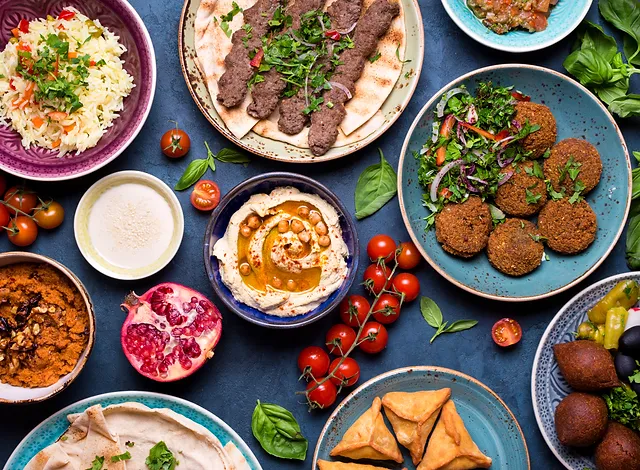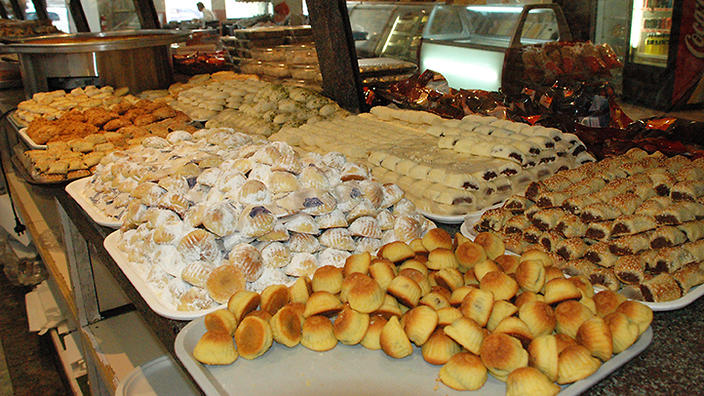Introduction: Syrian Street Food
Syria, a country located in the Middle East, is known for its rich cultural heritage and diverse culinary traditions. Syrian street food is popular amongst locals and tourists alike, offering a delicious and affordable way to experience the country’s cuisine. From savory pastries to grilled meats, Syrian street food has something for everyone.
Shawarma: A Favorite Syrian Street Food
Shawarma is a popular Middle Eastern street food that has gained worldwide recognition. This dish consists of marinated meat (usually chicken or beef) that is grilled on a spit and then sliced thinly. The meat is then wrapped in a fluffy pita bread with a variety of toppings, such as lettuce, tomatoes, pickles, and tahini sauce. Shawarma is a filling and flavorful meal that is perfect for a quick lunch or dinner on-the-go.
Manakish: A Crispy and Delicious Flatbread
Manakish is a traditional Syrian flatbread that is often served as a breakfast or snack food. This crispy bread is typically topped with za’atar (a blend of herbs and spices) and olive oil, although it can also be topped with cheese, meat, or vegetables. Manakish is a flavorful and satisfying dish that is perfect for those who want something quick and easy to eat.
Falafel: A Vegetarian Delight
Falafel is a vegetarian street food that is popular in Syria and other parts of the Middle East. This dish consists of ground chickpeas that are seasoned with herbs and spices, formed into balls, and then fried until crispy. Falafel is often served in a pita bread with pickled vegetables and tahini sauce. This dish is a great option for vegetarians or those who want to try a plant-based street food.
Kibbeh: A Meaty and Spicy Treat
Kibbeh is a meat-based street food that is popular in Syria and other parts of the Middle East. This dish consists of ground beef or lamb that is mixed with bulgur wheat and spices, and then formed into balls or patties. Kibbeh is typically fried until crispy and then served with a variety of dipping sauces. This meaty and spicy treat is perfect for those who want to try a more substantial street food.
Sambousek: A Flavorful Pastry with Meat or Cheese
Sambousek is a savory pastry that is popular in Syria and other parts of the Middle East. This dish consists of a small pastry shell that is filled with either meat or cheese and then baked until crispy. Sambousek is often served as an appetizer or snack and is perfect for those who want to try a flavorful and filling street food.

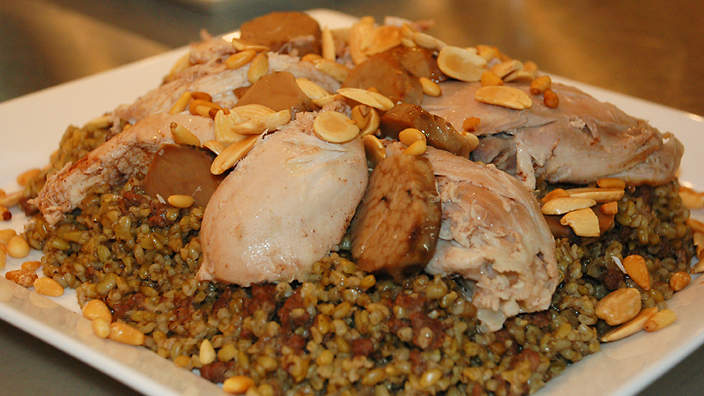
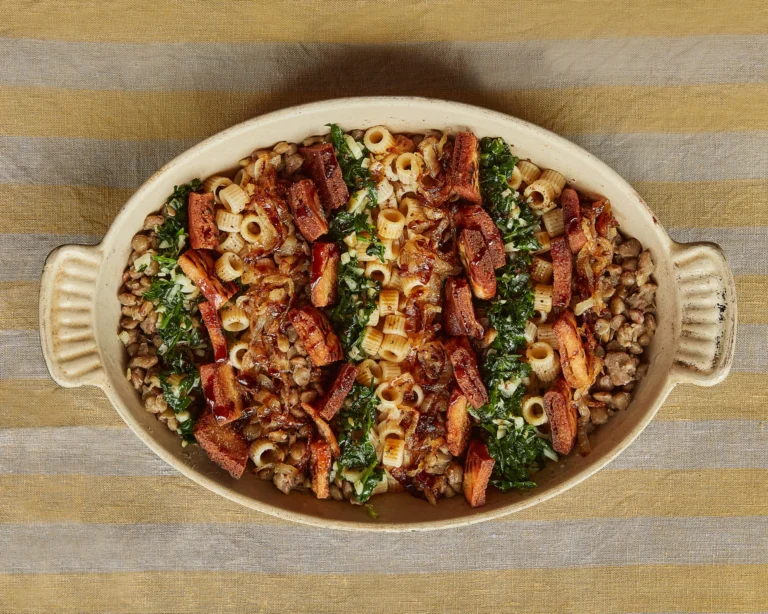
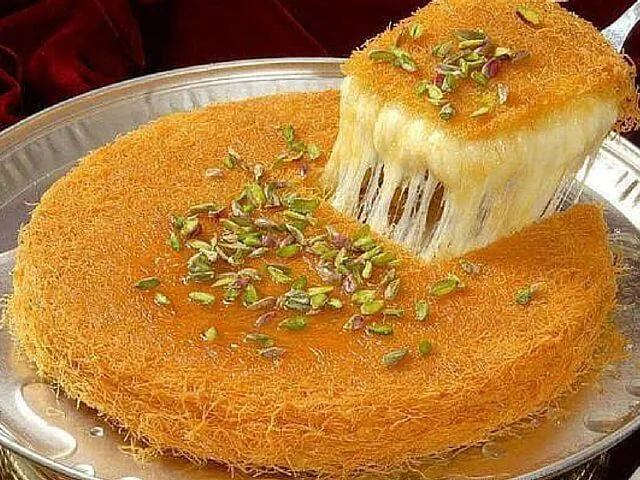
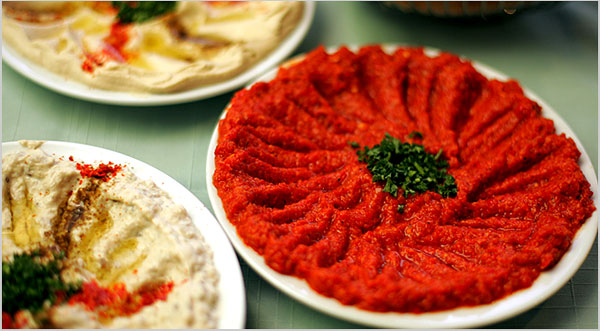
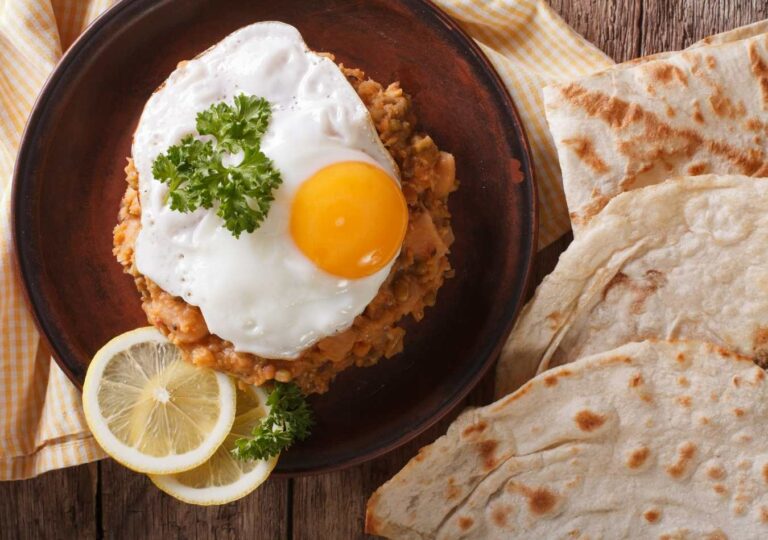
![Can you recommend a good Syrian restaurant in [specific location]?](https://foodnerdy.com/blog/wp-content/uploads/2023/05/11-35-768x576.jpg)
